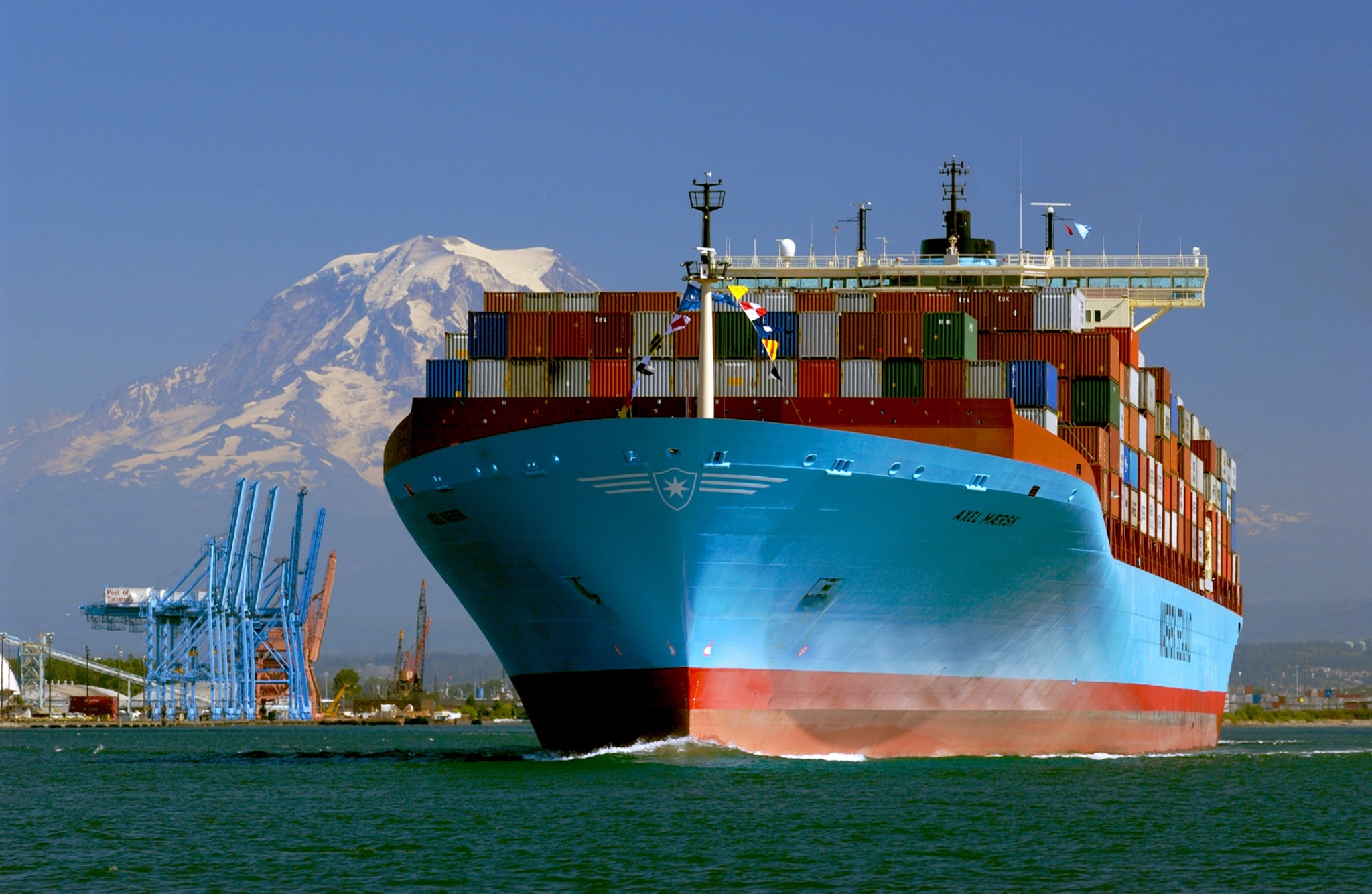Here’s how EU emissions rules will burden maritime transport

From January the European Union will include the maritime transport industry in the ETS, the system for trading CO2 emissions quotas. Shipping companies' costs are set to rise: all the details
From January the maritime transport industry will be included in the Emissions Trading System (ETS), the system implemented by the European Union for trading carbon dioxide emission quotas.
WHAT IS THE ETS
Very briefly, the ETS establishes a market at community level for the buying and selling of CO2 emission "permits". Every year, companies are assigned quotas in a quantity that progressively reduces over time: the most polluting companies will therefore have to purchase other permits if they want to continue emitting CO2 without incurring sanctions; the "cleanest" companies, on the contrary, have the possibility of selling their unused shares. The aim of the ETS is to make the use of fossil fuels inconvenient and to encourage the spread of low-carbon sources and technologies.
THE IMPACT ON THE MARITIME TRANSPORT SECTOR
The shipping industry accounts for more than 80 percent of global trade but accounts for approximately 3 percent of global CO2 emissions. The large companies in the sector, such as the Italian-Swiss MSC and the Danish Maersk , could therefore find themselves paying hundreds of millions of dollars, according to BloombergNEF forecasts. The research center specifies, however, that the increase in costs will not be sufficient to encourage the transition to clean fuels such as ammonia.
HOW MUCH WILL THE COSTS FOR SHIPPING COMPANIES AMOUNT
The ETS will likely lead to an increase in shipping rates. According to DNV, a body that provides certification and insurance services, assuming a carbon price of 90 euros per tonne, the emissions costs of a container ship traveling from Asia to Europe could be 810,000 euros next year, and they will probably increase.
As Bloomberg explains, a ship carrying five thousand standard-sized containers between the European Union and Asia would generate around 40,000 tonnes of CO2 in a year. Only half of these emissions will be counted, however, because part of the journey will take place outside Europe: the expenditure on emissions, therefore, will concern 20,000 tonnes of CO2, plus 2500 tonnes for the vessel's stay in European ports .
In the first year of the measure coming into force, only 40 percent of emissions will be taxed, so the ship in question will be charged for 9,000 tonnes of CO2. Assuming a carbon price of 90 euros per ton, they therefore make 810,000 euros. With the same carbon price, spending will rise to 1.4 million euros in 2025 (when 70 percent of emissions will be taxed) and 2 million in 2025 (when 100 percent will be taxed).
THE SWITCH TO LOW-CARBON FUELS
A carbon price of 90 euros – writes Bloomberg – is however too low to encourage the transition to fuels other than oil-based ones. On the other hand, the agency specifies that the ETS will push shipping companies to seek greater efficiency in the use of fuel.
In addition to the ETS, another European regulation will come into force in 2025, called FuelEU Maritime, which will set maximum limits to the annual greenhouse gas intensity of the energy used by ships, with thresholds that will become increasingly stricter. over the time.
This is a machine translation from Italian language of a post published on Start Magazine at the URL https://www.startmag.it/energia/trasporto-marittimo-quote-emissione-ets/ on Tue, 19 Sep 2023 08:35:04 +0000.
